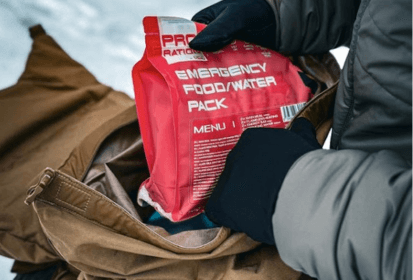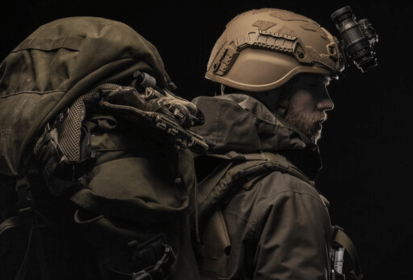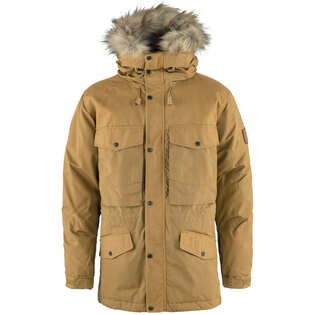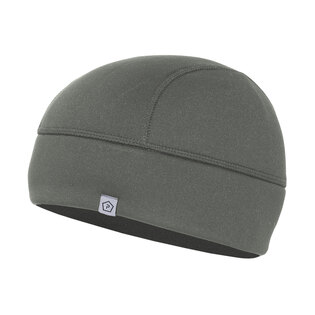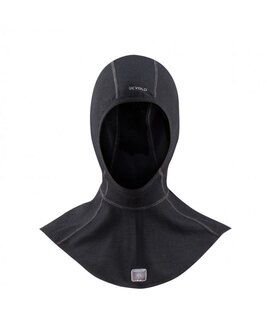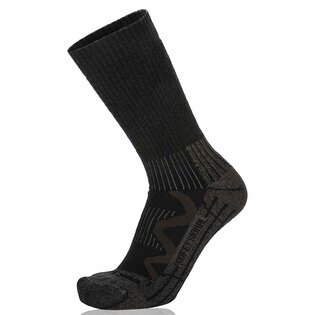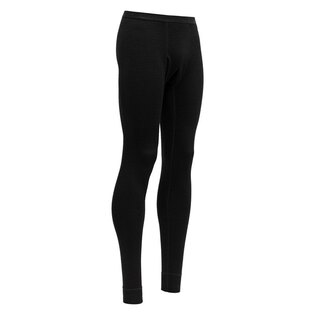How to dress for extreme winter?
When extreme weather is mentioned, many people imagine Himalayan expeditions, some scientific expeditions to Antarctica, and some everyday life in Siberia, Alaska or northern Scandinavia. In all these areas, winter can be very harsh and it is up to everyone to prepare for it properly. And this also applies to clothing, which we definitely cannot "slack off" here. Because nature does not forgive mistakes here.
Insufficient or incorrect clothing (what it actually is, we will discuss later) can have tragic consequences. Hypothermia, frostbite and loss of energy – all of these can even cause sudden death. So it is good not to underestimate nature and to have respect for it. First, let’s summarize the principles of layering clothing again, because repetition is the mother of wisdom.
Principles of layering clothing
There are certain principles of layering clothing so that the composition as a whole is functional. This applies to mild winters just as much as to extreme conditions, when the thermometer shows readings well below freezing.
The base layer that you put on directly over your bare body is the wicking layer, the task of which is to wick sweat and condensed moisture away from the body. This layer is sometimes synonymous with the term “functional underwear”, but it is far from just shorts and socks. In extreme winter, you should wear a functional long-sleeved shirt and long pants.
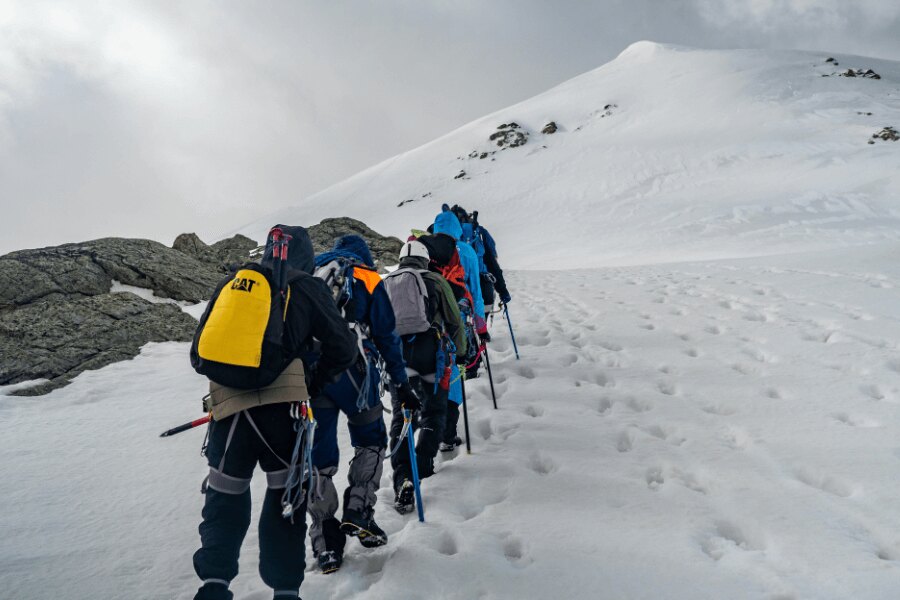
The foundation is proper layering of outdoor clothing.
Then there is the middle or insulating layer. At very low temperatures, this is the only layer that makes sense to double. So don't be afraid to wear two functional sweatshirts on top of each other. On the other hand, wearing two long-sleeved shirts on top of each other doesn't make much sense, and with jackets (see below), given their volume, we can't quite imagine how doubling up could work. The primary purpose of the insulating layer is to protect against the cold from the outside. At the same time, breathability must be maintained so that moisture transferred by the bottom layer can move further away from the body.
Jackets are defined as a protective layer (we'll talk about suitable materials later) and their primary purpose is to protect against wind, snow and rain. However, the right jacket for low temperatures should also serve as an extra layer of insulation. Regardless of the material used, the jacket should be waterproof and windproof.
Key body parts and how to protect them
Some people forget to protect their heads in winter. Even hardy people who go swimming in icy water wear a hat on their heads. In extreme winter, in addition to the hat itself, you should also wear a balaclava or scarf. And protect your face with a mask or frostbite cream if the temperatures are really low.
Also protect your hands from frostbite with suitable gloves. Multi-layered, waterproof and ideally with the option of adding liners. Mittens are more suitable for very cold weather, but if you plan to do some manual work outside, you can't do without fingerless gloves. You can pack both with you, but ideally change them somewhere where it's at least a little warm (like in the car).
It's especially important to keep your feet dry. The warm socks you put on over them should therefore wick away sweat well. Wet socks bring with them a high risk of catching cold and frostbite, so be careful. Waterproof boots with insulation are also essential, and if there is snow outside, then in combination with leg warmers.
And finally, there is the rest of the body. On the surface, you should wear a jacket and pants with high heat resistance, because underestimating the preparation can be really dangerous in extreme temperatures.
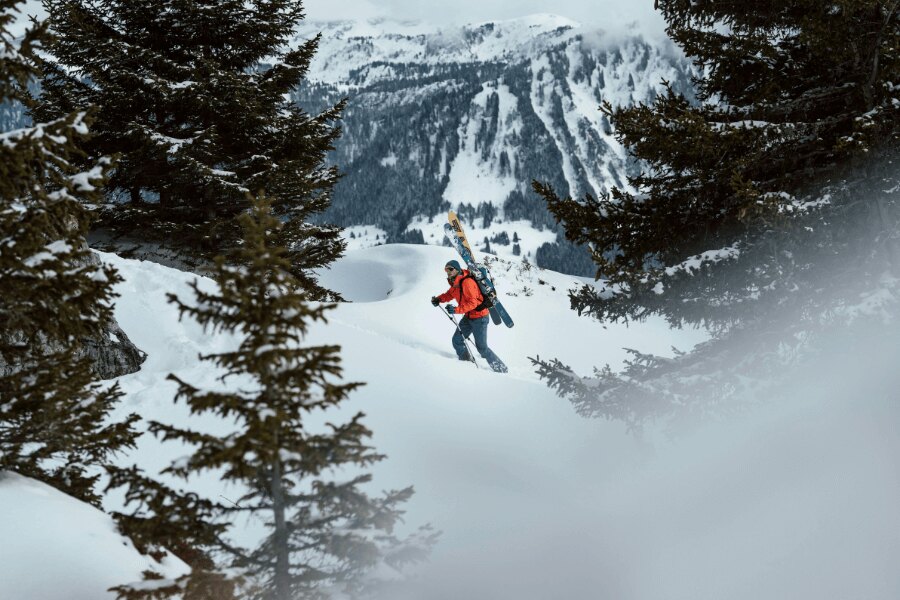
If you start to feel really cold, to the point where you could be at risk of frostbite, we recommend warming yourself up with hot water bottles or chemical hand, foot or body warmers.
Materials suitable for extreme winter
Both natural and modern synthetic materials are suitable for extreme winter, of course in the appropriate weight, thickness and other properties. Cotton is not suitable for functional clothing, as it wicks moisture away from the body, but on the other hand absorbs it itself, so after a few hours of intense activity you would start to feel an unpleasant cold, and in freezing temperatures it would freeze right on your body.
On the other hand, another natural material, merino wool, is an ideal material for extremes. You will appreciate it both in the bottom layer of functional clothing and in the middle, insulating layer as a basic material, or combined with polyester. Merino wool can keep you warm even when wet, has antibacterial and hypoallergenic properties and as such does not start to smell so easily (and does not need to be washed so often).
Feathers are often used as a protective layer. Down jackets have been an invaluable companion for members of Himalayan and Antarctic expeditions since time immemorial. The disadvantage of feathers is that they can easily get wet and then no longer retain loft, i.e. the ability to retain air layers that are essential for the jacket's ability to insulate.
That is why feathers are often supplemented with an upper water resistant layer, which must still be breathable – otherwise, water collected by other layers on its way from the wearer's body would condense in the down insulation. And sometimes feathers are even completely replaced by modern synthetic alternatives, which are usually named by each manufacturer. And they either license them to others or make it a part of their own products exclusively.
One of these materials is called G-Loft, and its main purpose is to imitate the properties of feathers while minimizing their disadvantages. One of the benefits is the memory effect, thanks to which even a previously damp piece of clothing can return to its original shape. The competitor Primaloft or Softie from Snugpak, which this British manufacturer uses in its sleeping bags and jackets, also behaves similarly.
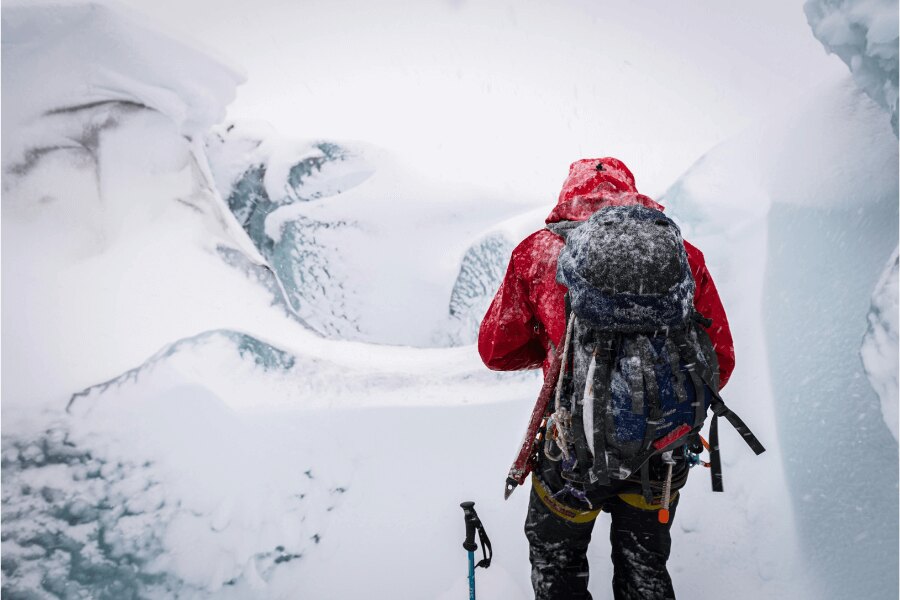
The functional composition of clothing must breathe.
Tips for details that play a role
However, in extreme winters, we cannot rely only on clothing in its standard form. Although you can find many models at Rigad.com that meet the above-mentioned characteristics, there are certain details that you can add to ward off the effects of winter as much as possible. One option is extra insulating inserts for boots and gloves.
There are even two-layer variants of gloves, with the first layer being thinner and protecting your hands to a certain extent, even if you need to perform manual work that requires motor skills or operate displays. You can add so-called overgloves to this first layer, which provide truly above-standard protection against extremely low temperatures.
If you start to feel really cold, to the point that you could be at risk of frostbite, we recommend warming yourself up with hot water bottles or chemical hand, foot or body warmers. Heaters are more practical, because with hot water bottles you have to get a source of water somewhere and heat it up, which is difficult to do in winter. Chemical heaters usually just need to be removed from their packaging and placed in gloves, shoes or under clothing. They will then keep you warm for several hours at a time. You can also find an assortment of chemical heaters in our offer.
Other details do not contribute to insulation, but to safety. These are reflective elements, which are important in freezing winter conditions. Firstly, fog can be expected in winter, and secondly, it gets dark relatively early. This makes it convenient not only to see, but also to be seen, especially if you are moving around busy roads or if you are in an area where hunting is taking place.
The most common mistakes when dressing
And what mistakes do people make most often when dressing in extreme winter? First of all, they are mistakes in layering. Too much of anything is bad, and this also applies to the number of layers of the functional composition. As already mentioned, it is only appropriate to double the middle, insulating layer. Any other doubling would be counterproductive.
Another mistake is to ignore the protection of the face and hands. Although heat escapes from our body approximately evenly over the entire surface of the body, if we do not put a balaclava/cap on our head and gloves on our hands, we will unnecessarily lose body heat where we could have saved it. Therefore, it is important to choose appropriate protection for these body peripheries as well.
Regardless of what you wear, all elements of clothing should be fully functional. This means resistant to external influences, but at the same time breathable. A mistake when dressing is often the choice of poorly fitting or impermeable pieces of clothing. The functional composition of clothing must breathe. And when it comes to size, clothes that are too small will suffocate you, but clothes that are too big could mean that too much air gets under them and you'll freeze. Not to mention the restrictions on movement.
Inspiration from the Rigad offer
In our e-shop you will find a lot of things that meet the above conditions and are therefore suitable for more extreme frosts when combined correctly. Let's look at some tips, layer by layer. Because it is not appropriate to make compromises when it comes to clothing for low temperatures.
Snugpak Insulated SJ12 winter jacket
The Snugpak Insulated SJ12 winter jacket is an example of a model from a British manufacturer that is built on the synthetic insulation material Softie Premier, taken from sleeping bags. This insulation can retain heat to a certain extent, even when it is wet. Thanks to the zipper covered with a flap inside and the extended back, this jacket can be used down to -20°C, however, the comfortable temperature is given as five degrees higher.
Snugpak Sleeka Salopettes trousers
Another piece that uses Softie Premier insulation is the Snugpak Sleeka Salopettes trousers. Like the jacket mentioned above, they are made for winter and discomfort. They provide their wearer with warmth and comfort both during minimal movement and greater activity. Although they offer reliable protection "only" down to -5°C, they can last even longer in combination with suitable thermal underwear. Another advantage is the nylon bib with suspenders for even better thermal comfort.
Fjällräven Singi Down winter jacket
If you want to indulge in uncompromising luxury, reach for the Singi Down winter jacket from the Swedish manufacturer Fjällräven. This is a long model with a classic cut, the insulating material of which is feathers (including goose down). Other materials used include organic cotton as well as polyester and polyamide, which are recycled. You will also enjoy the hood with removable faux fur, drawstrings at the waist and lower hem and Velcro on the cuffs. And you can store all your essentials in a total of nine practically placed pockets.
Lowa Tibet Superwarm GTX winter boots
The Tibet Superwarm GTX boots from the renowned German manufacturer, Lowa, are high-quality winter boots designed for the most demanding conditions. This is a men's model with a non-slip Vibram Icetrek sole or Gore-Tex Duratherm lining, which is also supplemented with extra PrimaLoft insulation. The upper of the boot is made of hydrophobic nubuck from buffalo leather. The design of the boots ensures safe walking on snow and ice. We also offer this model in a women's version.
Pentagon Arctic Watch Hat winter fleece hat
We have already said that in extreme winter it is necessary to protect your head. For this, you can use this winter fleece hat Pentagon Arctic Watch Hat, which comes from relatively warm Greece, but you can also wear it on your head in the Arctic Circle. The cap is suitable for both outdoor activities and professionals, including soldiers and police officers. In this case, the super soft and warm fleece on the inside of the hat provides insulation.
Devold Merino Expedition 230 balaclava
The Devold brand, merino wool and Norway. These words are a clear guarantee of quality. The products of the company, which has been successfully operating since approximately the 19th century, have been used and are still used by members of demanding expeditions. The Merino Expedition 230 balaclava is designed for real winter. It will come in handy for hiking and outdoor activities, winter sports, mountain hiking, hunting and fishing. The balaclava will keep your head, neck and nape warm, even when the frost is raging around.
Helikon-Tex Range leather winter gloves
If you are going out into really extremely low temperatures, then you will need top-notch equipment without compromise. Such are the Range winter gloves from Helikon-Tex, which protect against frost thanks to the inner lining of polyester fleece. Otherwise, they are made of strong and durable cowhide, which provides additional protection from external influences, but at the same time is pliable and therefore does not restrict motor skills too much. This is part of the Bushcraft Line collection, which is tailored to backwoodsmen.
Lowa Winter Pro winter socks
German Lowa is not only focused on top-quality outdoor boots, but also on accessories, including socks. Lowa Winter Pro winter socks are robust, high socks designed mainly for the winter months. They contain an admixture of merino wool, which has antibacterial properties and excellent moisture wicking properties. The ribbing of the socks ensures the dissipation of excess heat, and other specialties include a reinforced seamless toe or additional reinforcement in the Achilles tendon area. The construction was sewn separately for the left and right feet.
Devold Duo Active Merino 205 functional underpants
Finally, we have another piece from the Norwegian brand Devold, namely the functional underpants Duo Active Merino 205. Again made of merino wool and thanks to the special processing of this material even more comfortable and lighter. Duo Active technology facilitates movement while maximizing odor reduction. In this case, the merino wool is supplemented with synthetic insulation, which ensures the possibility of using this model even in lower temperatures.
Conclusion
Extreme temperatures are really not to be underestimated. We have mentioned that in them it is more necessary than ever to carefully observe the functional composition of clothing, but not only that. It is necessary to protect your body's peripherals from head to toe, because if there is severe frost outside, you do not want to lose body heat unnecessarily and you prefer to leave only your nose uncovered (if it is clear outside, you can – and should – protect your eyes with suitable glasses).
Few people want to go into a really cold winter, but sometimes there is simply no use. So be prepared so that the cold does not surprise you, and equip yourself with suitable clothing and accessories as a precaution. You can buy practically everything you need for winter at Rigad.com.
Readers are further interested
